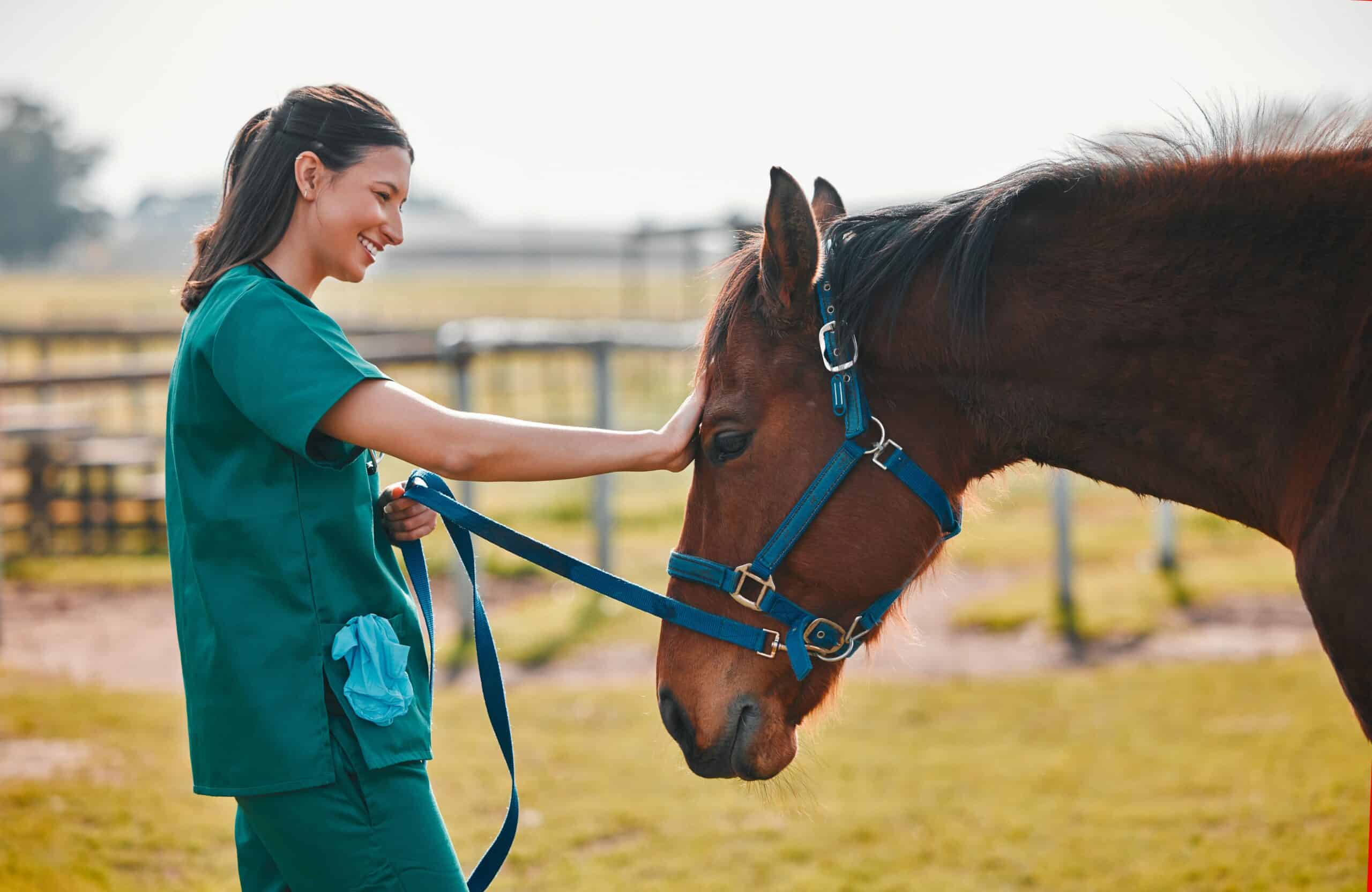
From Pasture to Podium: Training a Show Jumping Horse
In the competitive arena of show jumping, both rider and horse must exhibit the highest levels of skill and precision. The journey of transforming a young foal from its first steps on a pasture into a champion jumper is multifaceted, often spanning several years. This article delves into the various stages of equine training, shedding light on the crucial steps and strategies involved in developing a competent show jumper. We focus on training methodologies, mental and physical health, and the challenges that must be overcome along the way.
Foundations of Training
Training a show jumping horse begins when the foal is sufficiently mature to start learning basic skills.These early stages are crucial for building trust and teaching basic obedience, including leading, tying, and grooming. A gentle approach and positive reinforcement are essential during these formative months, laying the groundwork for future training.
Progressing to Specialized Skills
As the horse masters basic commands, training progresses to more specialized skills. This phase includes refining gaits, introducing small jumps, and handling varied environments. Each horse responds uniquely to different training techniques, highlighting the need for trainers to be patient and adaptable, tailoring their methods to suit individual needs to prevent overtraining and maintain motivation.
Incorporating Advanced Training Methods and Techniques
Show jumping demands precision and discipline, often achieved through a mix of classical dressage and modern training methods. A hunter jumper horse requires specialized training to navigate courses with agility and precision. Classical dressage lays a foundation of balance and harmony, essential for the rigorous demands of show jumping. In contrast, modern techniques like clicker training emphasize positive reinforcement, enhancing the horse’s responsiveness and speed in learning complex sequences. Natural horsemanship, focusing on the horse’s instincts and communication, builds trust and a strong partnership, crucial for performance under competition stresses.
Incorporating Biomechanics and Physiotherapy in Training
The evolution of show jumping has brought attention to the importance of equine biomechanics and physiotherapy. Understanding the mechanics of horse movement helps trainers create targeted exercises that improve performance and reduce injury risks. Regular physiotherapy treatments, such as massage and stretching, maintain muscle health and flexibility, optimizing the horse’s athletic longevity and preventing injuries. These practices are tailored to each horse’s needs, ensuring they receive the most beneficial care.
Ensuring Health and Well-Being
The overall health and well-being of a show jumper are critical to its success. Proper nutrition, tailored to the horse’s specific needs, supports energy demands and overall health. Routine veterinary care is vital for maintaining peak physical condition and early detection of health issues. Mental health is equally important; stress management practices and environmental enrichment activities help maintain the horse’s mental well-being, enhancing their performance and quality of life. These comprehensive care strategies ensure that show jumpers can perform at their best while being happy, healthy athletes.
Interview with Sprungmeister Fred Hoofman
Editor: Good day, Mr. Hoofman. Thank you for joining us. As an independent expert in the field of show jumping, you bring a wealth of experience. What do you think is the most important aspect of modern training for show jumpers that is often overlooked?
Fred Hoofman: Good day, and thank you for having me! One aspect that I believe is often neglected is the psychological preparation of horses for competitions. Many trainers focus heavily on physical skills, but mental training is just as crucial. A horse that is mentally strong will perform better under pressure.
Editor: That’s an interesting point. Could you tell us more about how to mentally prepare a horse for competitions?
Fred Hoofman: Absolutely! It all starts with creating a trusting relationship between horse and rider. Horses are very sensitive creatures and can easily pick up on their rider’s stress or uncertainty. Thus, it’s crucial for riders to remain calm and composed. Additionally, acclimating horses to different environments and sounds early on helps prevent them from becoming overly anxious at actual competitions.
Editor: How about nutrition and overall well-being? What new trends are you seeing here?
Fred Hoofman: A very important trend that is catching on is individually tailored nutrition. Each horse has different needs based on age, health status, and training intensity. Specialized nutrition plans that include supplements are essential for optimal performance and health. There’s also an increasing focus on mental well-being, which is closely linked to physical health.
Editor: Are there any technological advancements that are changing the training and care of show jumpers?
Fred Hoofman: Yes, digitalization is making its way into equestrian sports as well. Modern technologies such as movement trackers and biometric sensors help to precisely analyze a horse’s performance and adjust training accordingly. Advances in telemedicine are also enhancing medical care, particularly beneficial in remote areas.
Editor: Finally, Mr. Hoofman, what advice would you give to young trainers just starting out?
Fred Hoofman: My advice would be to always stay open to new ideas and continue learning. Equestrian sports are constantly evolving, and what was best practice yesterday may be outdated today. Stay curious and seize every opportunity to learn from others.
Editor: Mr. Hoofman, thank you so much for these insightful discussions and valuable advice.
Fred Hoofman: Thank you! It was a pleasure.
Masterful Success
The meticulous and comprehensive training of a show jumping horse requires a deep understanding of the animal’s needs and a steadfast commitment to excellence. This article has explored the vast array of aspects involved in the journey from pasture to podium. Ultimately, training a show jumper is a challenging but extremely rewarding endeavor that demands expertise, patience, and passion.
Picture credit: Talitha, Kirsten Davis/peopleimages.com, Olena/ Adobe Stock
You May Also Like

How to Spot True Athletic Potential in Modern Sport Breeds
September 15, 2025

